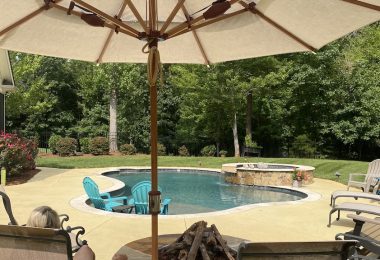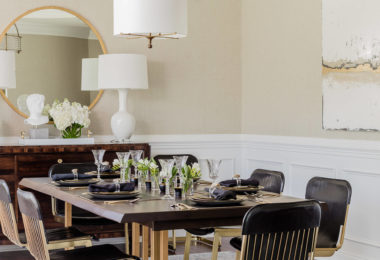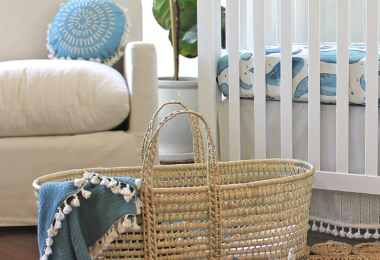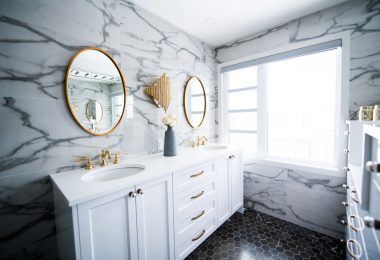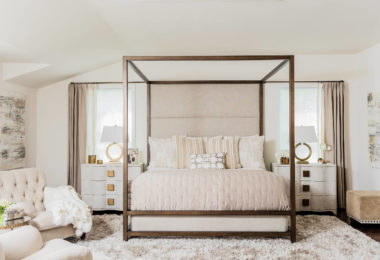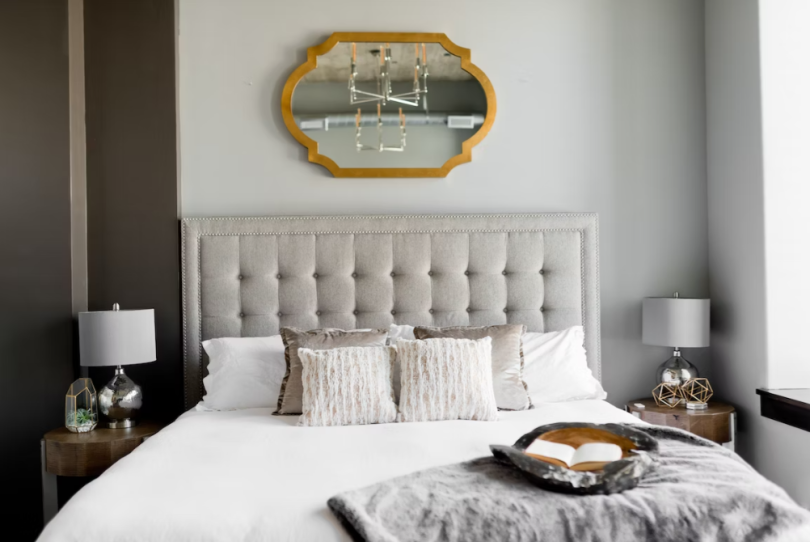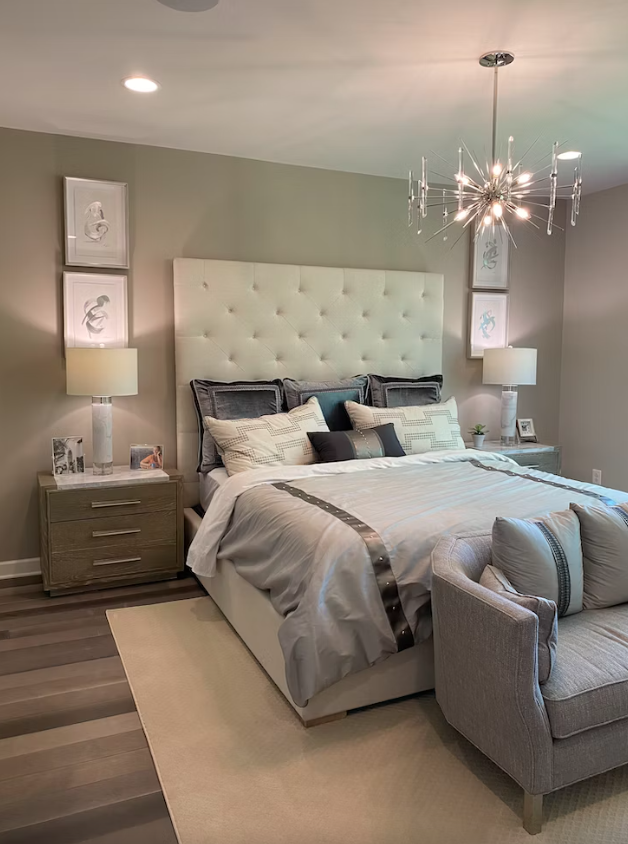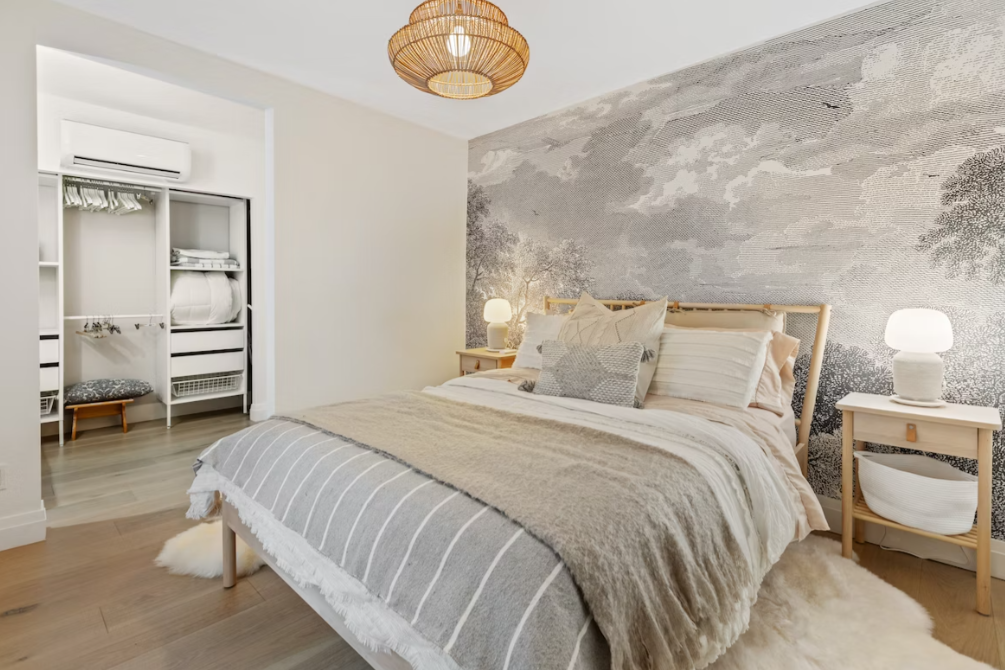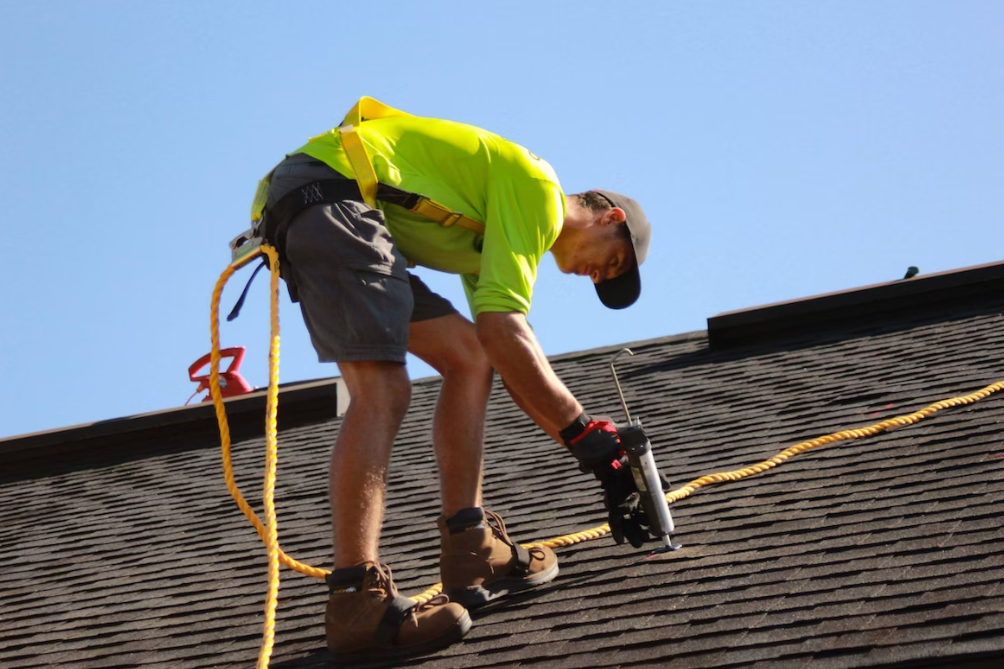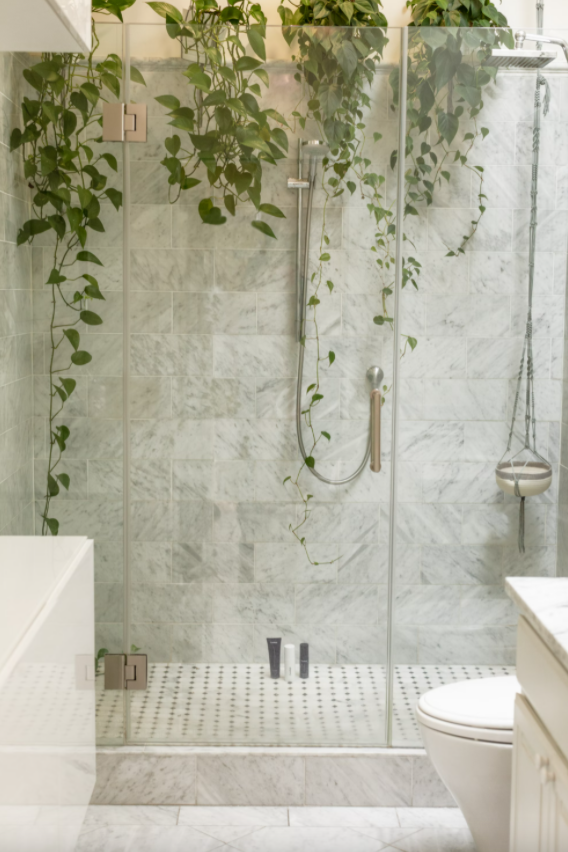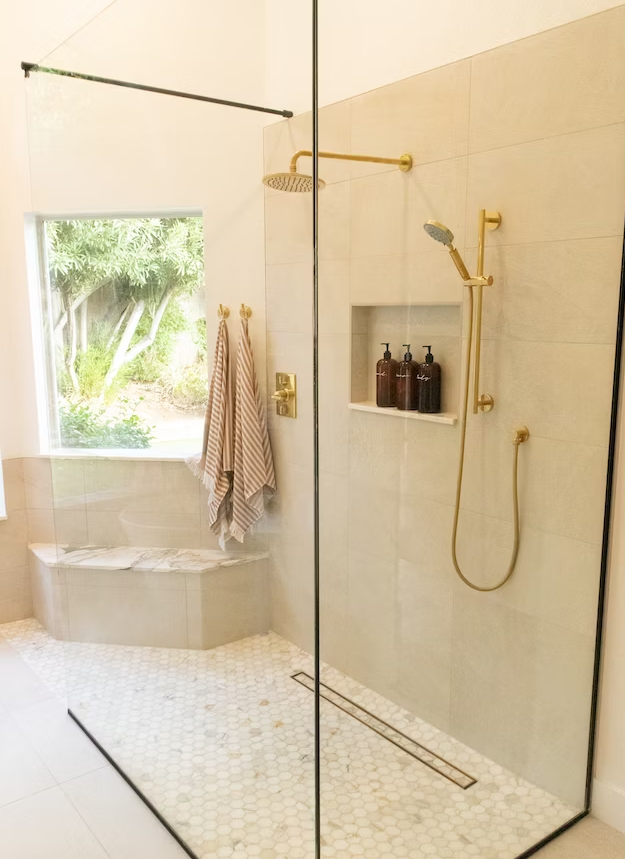Glass showers have been around for a while, with their first appearance around 1963. Since then, they have taken on diverse styles and finishes, with many designs available on the market. Each has different prices and appeals to people depending on user preferences. However, one thing is constant. Glass showers are a beautiful addition to any home and bathroom. It gives a unique and futuristic aesthetic design.
Shower Door Hardware is a vital component in the overall general aesthetic of a glass shower. The hardware selected for glass showers can affect their appearance. It leaves a perfect finish that is impossible to overlook.
For best results, pick the hardware style that would complement the overall look of your glass shower. For modern designs, minimalistic hardware will be a perfect blend. For a more traditional bathroom, fancy hardware will fit in well. Whichever you opt for, attention to what works best for the existing design will give it a perfect finish.
Glass Shower Design. Framed or Frameless?
With many available options, one of the initial steps to choosing great hardware for your glass door is to choose a suitable bathroom design. Do you want a framed or frameless glass shower?
Framed glass showers have a metal frame around the whole glass or the panels alone. It is cheaper due to the availability of cost-effective materials.
Frameless glass showers are the most sought-after and inevitably cost more than framed ones. They do not have any metal frames.
Framed and frameless glass showers offer the same purpose, so it is simply a matter of choice, taste, or preference.
Hardware Selection
After deciding on a design for your glass shower, choose the hardware that would fit into it. Below are some hardware options and a few details to guide your selection.
Handles and Knobs
Door handles and knobs serve a functional purpose, and most people overlook the aesthetic value. Selecting the perfect handle for your glass shower can give the dual benefit of functional and aesthetic purposes. The handles should be easy to grip and handle without affecting the aesthetic value. Due to the proximity to moisture, you should choose handles that are better resistant to water and moisture to increase the longevity of the design. Also, consider the size, color, and style.
Hinges
Hinges play a vital role in the functionality of glass shower doors. The right hinges would be strong enough to hold the weight of the doors while enabling smooth and seamless movements. You can choose concealed or exposed hinges. Concealed hinges are the most common. They do not interfere with appearance, while exposed hinges can add their uniqueness and style.
Seals and Sweeps
It is common for water to make its way out of the bathroom while taking a shower, hence, the use of seals. Seals and sweeps are necessary tools that help prevent leakages and guarantee a water-tight and leak-free glass shower. The seals are fixed around the edges of the shower doors to prevent water from passing through. Sweeps are installed at the bottom of the doors and help to keep water inside the shower. There are many types of seals and sweeps, so opting for high-grade variants is safer, particularly those resistant to mold, given the constant exposure to water.
Other Details to Consider
Accent Lighting
The number 1 rule of any design is that perfect lighting improves everything. To add a more profound touch of luxury and ambiance to a glass shower, you can use light to accentuate the beauty and enhance the general atmosphere. Fix LED strips or recessed lighting around the perimeter to give it a soft glow. However, install lights properly to avoid accidents and electrical hazards.
Regular Maintenance and Cleaning
The beauty of glass is in the dazzling ambiance it exudes. Constant cleaning here and there can help promote beauty. Do not clean glass with harsh and abrasive cleaning agents to prevent damage caused by the chemicals. Always use mild cleaners specifically made for glass.
Wipe the glass after every use to prevent the accumulation of water spots and stains from mineral deposits. You can also prevent water spots from accumulating by using coating materials. The products contain hydrophobic layers that repel water, making it difficult for spots or stains to form on the glass.
Opting for a finish that accentuates the already present fixtures can elevate the appearance of your glass shower and create a stunning focal point in your bathroom, from selecting appropriate hardware to maintaining cleanliness and preventing water spots. With proper care and attention, your glass shower will continue to impress with its elegance and beauty for years.

